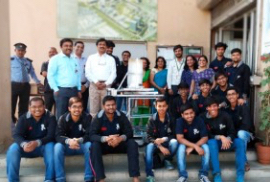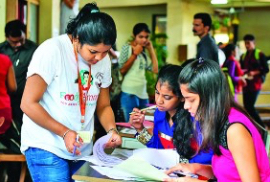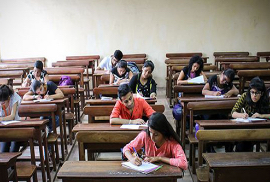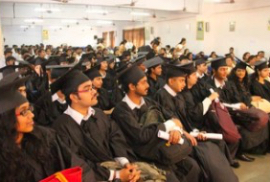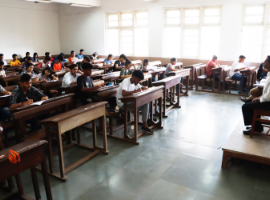Accomplishments

Assessment of Land use Landcover dynamics and its future projection through Google Earth Engine, Machine Learning and QGIS-MOLUSCE: A case study in Jagatsinghpur district, Odisha, India
- Abstract
Accurate land use-land cover mapping is essential to policymakers for future planning. This study aims to assess the land use-land cover dynamics and estimate its future projection in the Jagatsinghpur district of Odisha state from India. In recent years, cloud-based platforms like Google Earth Engine and domains like machine learning have attracted considerable attention from researchers. In this study, five machine learning algorithms, such as Classification and Regression Tree, Naive Bayes, Support Vector Machine, Gradient Tree Boost and Random Forest are experimented on the multitemporal Sentinel-1 C-band dataset from Google Earth Engine. The results are evaluated based on metrics like overall accuracy and Kappa statistics. The performance metrics indicate that Random Forest with 60 trees outperforms others. Next, the land use-land cover maps of the study area are generated with Random Forest classifier for the years 2017 and 2021. The results are compared to ESRI land cover maps and ESA world cover maps. The 2017 and 2021 maps are exported to QGIS, and these maps are used to generate a simulation map for 2021. The simulated land use-land cover map for 2021 indicates promising results with an overall Kappa value of 0.97 and a percentage of correctness of 98.21%. The simulated map is validated against a factual map. Finally, future projections of land-use changes are forecasted for the years 2030 and 2050 using QGIS-MOLUSCE. The predicted maps project a significant rise in agricultural and built-up areas. These findings will assist policymakers in future planning.


